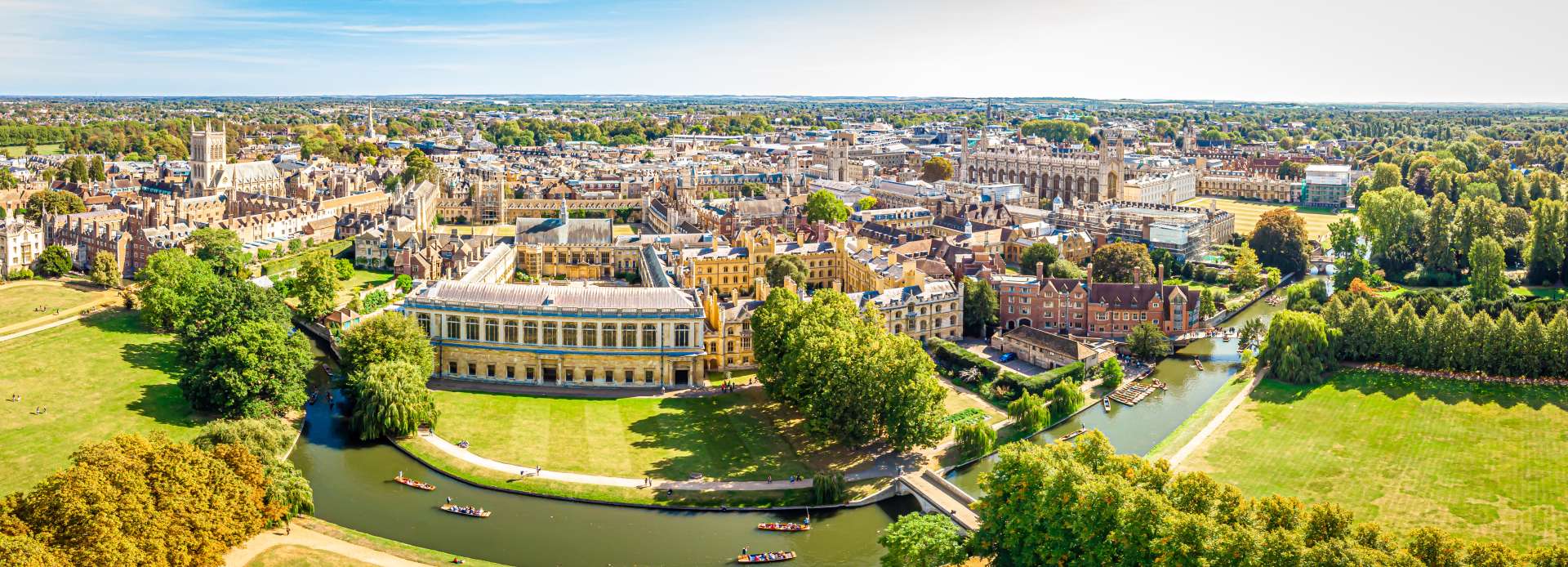
Derwentcote Steel Furnace — Birthplace of British Steel
Explore a Rare 18th-Century Cementation Furnace in a Peaceful Woodland Setting Forge Lane, Hamsterley, Rowlands Gill, Tyne and Wear NE17 7RS
Specification
Outdoor SeatingA Landmark of Industrial Innovation
Hidden in the woods near Hamsterley Colliery, Derwentcote Steel Furnace is one of the best-preserved examples of an 18th-century cementation furnace in Britain.
Built around 1730, it played a vital role in the development of hardened steel — the backbone of tools, machinery, and shipbuilding.
Today, the restored stone building stands as a powerful reminder of the engineering skills that fuelled Britain’s Industrial Revolution.
Forging a Stronger Steel
Before furnaces like this existed, England relied on imported steel.
Derwentcote helped change that by using the cementation process — heating bars of iron with charcoal for days in a sealed chamber.
The result was blister steel, named for the blisters that formed on the surface of the metal.
Therefore, Derwentcote became part of a technological shift that would propel British industry onto the world stage.
Exploring Derwentcote Steel Furnace
1. The Furnace Building
The circular stone structure has a dramatic vaulted roof and thick walls designed to contain intense heat.
Interpretation panels explain how workers kept the fire burning for up to a week during production cycles.
2. Peaceful Woodland Surroundings
Nature has reclaimed the area around the furnace.
Today, birdsong replaces the sound of hammering, and woodland trails offer a calm walking route.
In addition, benches and viewpoints make it ideal for a quiet heritage stop.
3. History Brought Back to Life
The furnace was restored in the 1990s, thanks to English Heritage.
Occasional open days and guided tours give visitors a chance to step inside and learn how early steelworkers lived and laboured here.
Learn more at the English Heritage site
A Crucial Industrial Survivor
Sites like Derwentcote Steel Furnace are extremely rare.
Most early industrial furnaces were replaced or destroyed as technology advanced.
However, this one remains standing — a tangible link to the origins of Britain’s steel power.
It’s a small structure, yet it tells a huge story about innovation and global influence.
Visiting Derwentcote Steel Furnace
How to Get There
Location: Off A694 near Hamsterley Colliery, County Durham
By Car: Free small car park on site
By Bus: Services to Hamsterley Colliery; short walk required
Opening Hours & Admission
Open daily, year-round. Free entry.
Facilities
Interpretation signs
Woodland walking paths
Step-free access to exterior viewing
Nearby Attractions
Beamish Museum — Living history of the North East
Tanfield Railway — World’s oldest working railway
Gibside — Georgian estate with grand avenues and nature
Causey Arch — Historic 18th-century railway bridge
Together, they form the North East Industrial Heritage Trail.
Why Visit Derwentcote Steel Furnace?
The Derwentcote experience combines industrial history, scenic woodland, and quiet reflection.
It showcases the ingenuity that changed Britain — long before giant steelworks dominated the landscape.
Whether you stop for a peaceful walk or a dose of engineering history, Derwentcote is a reminder that industry began in places just like this.
It’s not just a furnace — it’s where modern steel began to take shape.





No Reviews